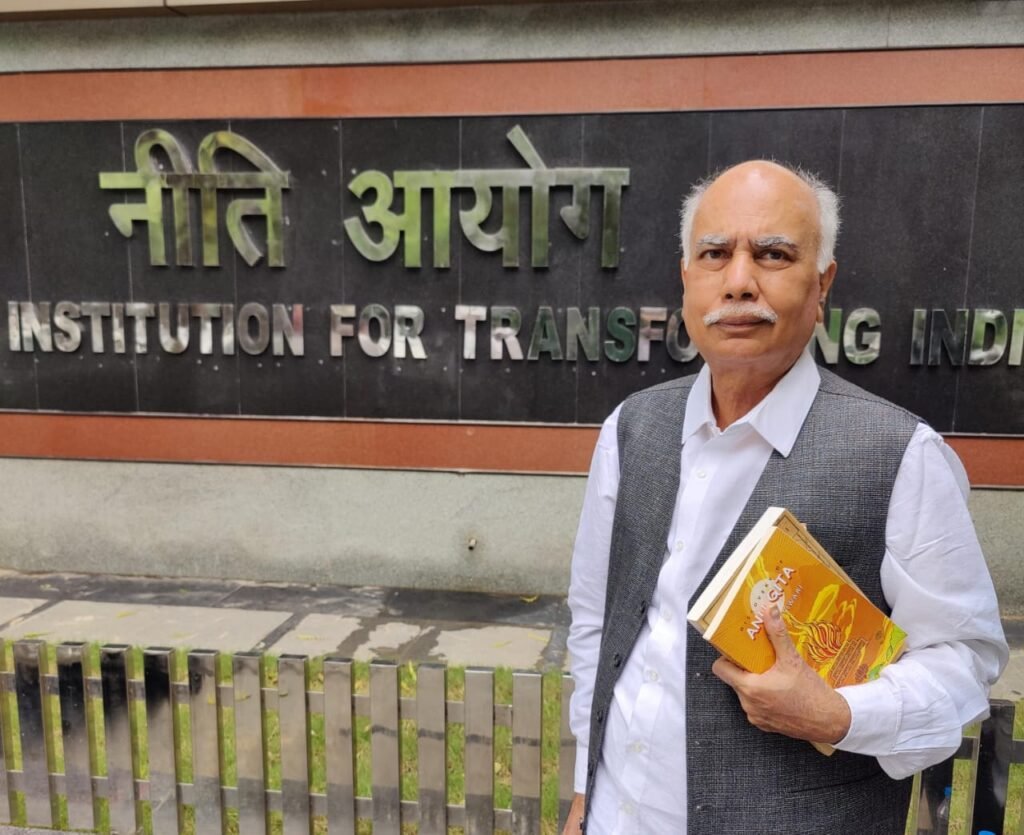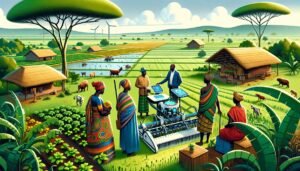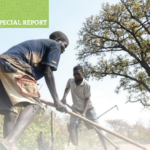By Prof Arun Tiwari, July, 18, 2024, Who does not like success? Human beings are driven to succeed from early childhood. Parents celebrate when their toddler learns to stand up, speak its first words and go to school. Then, in school, from studies to sports, children compete, and by the time they become adolescents, their personalities are formed around it. They are winners or losers in the early games of life. The bright ones attend professional schools, while the rest join local colleges where they study science, commerce, or arts with few plans or prospects.
The Civil Services Exam has become a fixation with some bright students. More than a million take the nationwide preliminary exams. Some 10,000 to 20,000 clear it and join the fray for 1000 positions. Another few thousand get into the police and forest service through this exam. The film, ‘12th Fail’, brings out this saga, which repeats itself yearly, in an engaging manner. Despite the daunting odds, the candidates show remarkable perseverance, making multiple attempts to secure a position. A candidate can make six attempts till 32 years of age. For socially disadvantaged people, the age is 37. In a new trend that started a decade ago, engineering and medical graduates are also competing for civil service and coming out winners. About 2/3rd of the candidates selected are from among them, a testament to their unwavering determination that should inspire us all.
However, I am not talking about those who succeed but those who fail. How do they fare in their lives? What do the millions of youth without the label of a doctor or an engineer do? Many of them are yet to graduate. Which livelihoods do they seek, and what does the system offer them? Government jobs have lost their lustre long ago, and most youth depend on private jobs. Is the Indian economy able to generate enough jobs for its extensive and expanding young population? This failure of the system to create livelihoods gives an individual who failed in early life a double whammy. So, when we celebrate economic growth – the GDP rising, the SENSEX climbing, India poised to become the world’s third-biggest economy at 5 trillion dollars – where and of what type are the livelihoods for the multitudes? Is this a jobless growth built on cuts-commissions-profits? We must shift our focus to a more inclusive and sustainable economic growth model that ensures opportunities for all.
My generation was taught in school that India is an agricultural economy. Despite the hype and hoopla of the IT revolution, agriculture remains the backbone of India’s economy, even though its GDP share is decreasing. In rural areas, six of 10 people are peasants. The last census held in 2011 found 120 million farmers in the country, a quarter of the half–a–billion working Indians. There are also equal or more people raising livestock, fishery, forestry and agricultural supply chains. India is making enough food to feed its people for a long time. Getting economic power into the hands of the vast rural poor is now the problem, not making sure there is enough food. The challenge is how millions of people stuck with their small holdings can get more gainful vocations. Their holdings can be consolidated into more extensive ones to create more productive farms,replicating the Milk Revolution.
There is a sordid paradox. On the one hand, the government machinery controls food prices to satisfy the urban population, who eventually elect the ruling class. If a farmer has to buy a motorcycle, he pays globally comparative prices; why should he make food available to the modern and industrial sectors at the world’s lowest prices? On the other hand, global commodity trading firms have taken control of the cost of agricultural produce. While enough wheat and rice is produced, India has a steady supply deficit in pulses of a million metric tons annually. Edible oils also fall short of the demand. This shortage is bridged by imports. Why are Indian farmers not encouraged and supported to grow pulses and oilseeds in a mission mode, banning all imports? Who imports? How much and at what price? At whose behest?
Education and healthcare come next after food. The Indian education system can’t be called a failure because we started with very little. However, things appear out of control. A heavy emphasis on rote memorisation and test-taking, rather than critical thinking and problem-solving skills, has created a real mess out of which no solution seems to emerge. The coaching centre industry rules the roost, and everyone seems to live in denial mode.
The Indian education system has often failed to impart practical skills. No wonder a recent concern is the need for skill improvement among plumbers, carpenters, electricians, engineers and, most dangerously, hospital staff. It is claimed that the Skill India Mission has taught 14 million people, including 5.4 million who have learnt new skills or improved their old ones. But more is needed. The urgency for more practical skills is evident, and it’s a gap that needs to be filled immediately to ensure the future success of our workforce.
I am not a cynic who rules out foreign investors and commodity trading businesses. We can’t live isolated from the world. But we can’t allow the world to enter our homes, too. Companies are now structured differently; the ownership is more complicated and is constantly changing. India’s future can’t be left to this financial system where we don’t know who owns what. The masses can’t be simplified down to biological machines that only eat and work because they need more to meet their needs than what they get. It is humane to aspire. Life’s success is not merely about surviving but flourishingand evolving into a better future.
The failure of success is the biggest tragedy of any human enterprise, much more terrifying than the failure to succeed. Let us not allow the Indian success of independence, democracy and food sufficiency to become a failure. Kalidas declared long ago:
पुराणमित्येव न साधु सर्वं, नवीनमित्येव न चाप्यवद्यम् सन्तः परीक्ष्यान्यतरद् भजन्ते मूढः परप्रत्ययेनबुद्धिः (मालविकाग्निमित्रम् 1. 2)
All new is not necessarily good, and all that is old becomes wrong. Whether ancient or modern, humanity must test what is good and what is not as humanity progresses.
India has ruled over the world by ‘Niti’ – a profound word whose exact equivalent is absent in other languages, but the nearest best is ‘Value orientation.’ Learn to value things: your work, your time, the people around you, how they feel, and above all, yourself. To be born as a human being is a blessing; to be helpful to others is a double blessing. Living for selfish gains is not the way. One must live by the Niti of happiness of all (सर्वे भवन्तु सुखिन:), and that will make all the difference.







